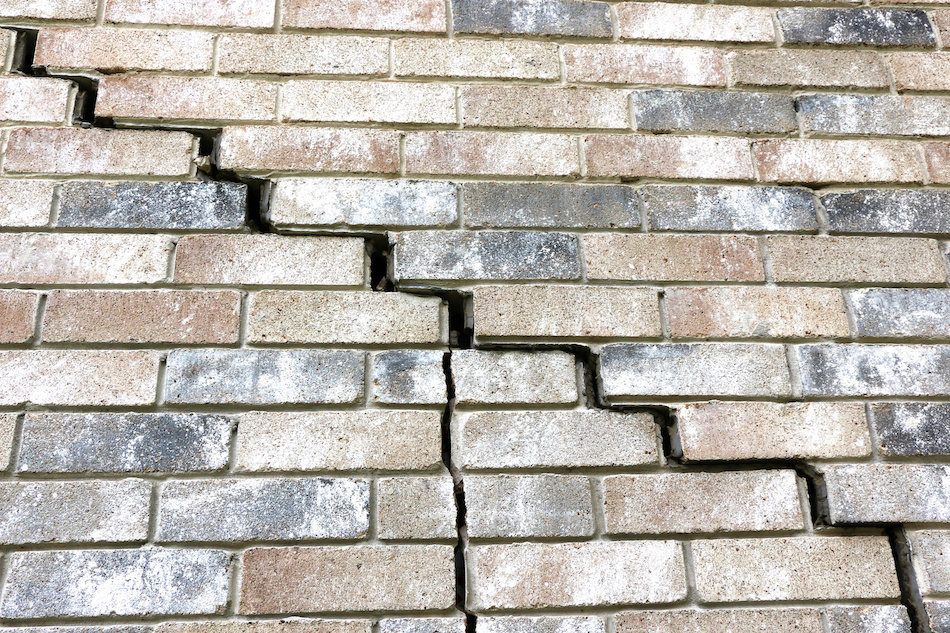Modern Home Foundation Fixes for Dwellings of All Ages
Posted by Justin Havre on Friday, June 22nd, 2018 at 9:01am.
 Are the signs of foundation problems becoming undeniable within the exteriors and exteriors of the home? While the most common issues often begin subtly, foundation cracks and shifts caused by soil settlement or sudden natural forces can lead to major home structural issues without proper resolution. Fortunately, there are several modern home foundation fixes that can restore the dwelling's integrity.
Are the signs of foundation problems becoming undeniable within the exteriors and exteriors of the home? While the most common issues often begin subtly, foundation cracks and shifts caused by soil settlement or sudden natural forces can lead to major home structural issues without proper resolution. Fortunately, there are several modern home foundation fixes that can restore the dwelling's integrity.
Minor cracks caused by shrinkage can generally be repaired with masonry sealants and patches while vertically moving foundations will generally require slab jacking or push pier/piling procedures. However, the best solution will be determined by geographic location, soil quality and the specific condition of the slab itself. Read on to learn more about modern foundation repair options.
Masonry Patches and Sealants
Extreme climate changes and seasonal weather often causes even modern foundations to shrink and crack. Cracks occurring in the corners of foundation are generally filled with expanding hydraulic cement or specialized caulk. Other cracks along the foundation's sidewalls can be repaired using masonry epoxy. These types of repairs should also be sealed to prevent water penetrations, which can cause subsequent structural problems and shorten the anticipated lifespan of foundations.
Home Foundation Repairs with Slab Jacking Methods
Slipping, sunken slabs result in structural damage, so the name ‘slab jacking' appropriately fits these effective methods. The old-school method of slab jacking is also called mud jacking. The secondary and much more modern version of this type of foundation repair is called high-density polyurethane foam injection.
Traditional Mud Jacking Foundation Repairs
This tried and true method of slab repair literally raises the sunken foundation by filling the ground below it with mud and/or a concrete mixture utilizing hydraulic pumps. While highly effective, mud jacking requires a lot of heavy equipment, can get a bit messy and isn't the quietest neighbourhood task by far. However, for certain structures and soil conditions this method may be optimal over others, and it is best left to a professional rather than attempted as a DIY home project.
High-density Polyurethane Foam
Foundation repairs performed by injections of high-density polyurethane foam eliminate the majority of the mess, noise and time that accompanies mud jacking. All that is needed is a small trailer and an injecting gun. The foam quickly dries and expands up to 25 times its own volume, settling into a solid material that levels the home and repairs the foundation issue. While its a faster and simpler fix, Ravenswood homeowners should prepare to pay a bit more for this process than traditional slab jacking methods.
Repairing Foundations with Piering / Piling Methods
Piering foundation repair methods utilize steel pilings instead of concrete to help correct foundation settlement issues that source structural damage. The innovation of steel pierings literally transformed the slab repair industry overnight. There are several types of steel piling options that can effectively resolve foundation issues.
- Hydraulic Slab Lift Piers: Best for settling or sinking slabs, these allow contractors to use classic steel piers without too much heavy equipment use. The hydraulic slab lift method is quickly become the option of choice to lift and stabilize foundations.
- Helical Piers: Best for exterior and interior foundation repairs, helical piers can be used in new constructions and as a slab repair method. While they are one of the most versatile piers on the market, they are currently considered widely underused—but that's likely to change.
- Segmented Piers: A newer innovation amid the industry, segmented piers appeal to price-driven consumers and contractors. Experts are still out concerning this method's long-term efficacy.
- Spot Piers: This method involves hand-dug holes being filled with strategically placed piers and filled with concrete. It's a great option for foundation issues in areas with lighter loads like porches and stairs.
Those in need of foundation repairs should always consult with a professional home improvement contractor, as these are not DIY projects.
